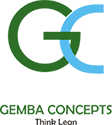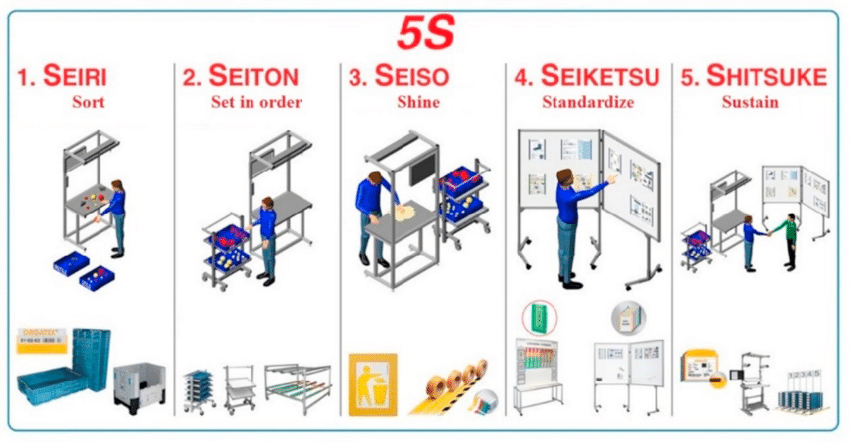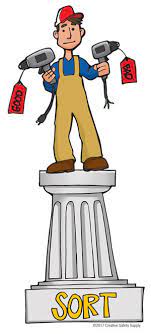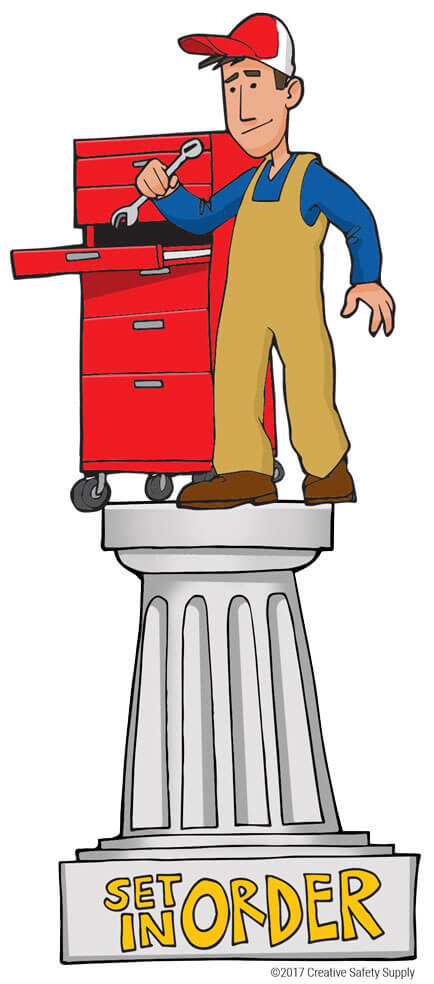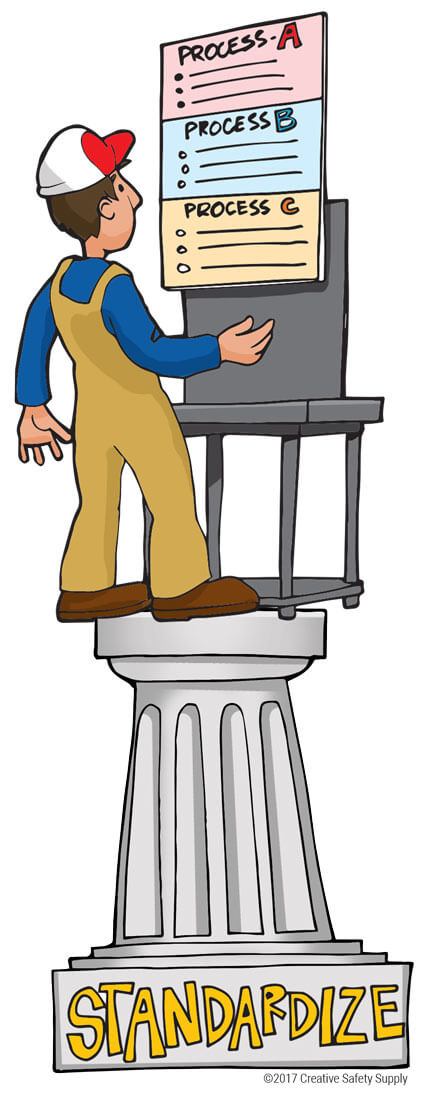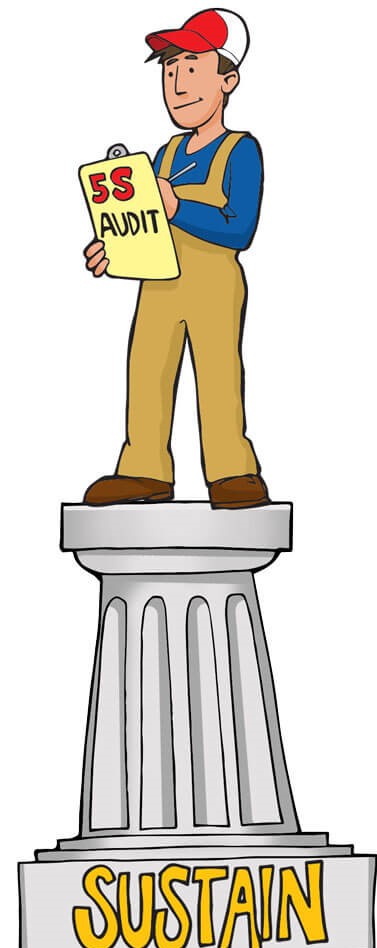Let us first understand what is TQM and after that we will look into its 4 major pillars which helps us in TQM for achieving desired results.
Total = Made up of the whole.
Quality = Degree of excellence of a product or service provides.
Management = Art of Planning, Organizing, Controlling etc.
TQM can be further divided into 3 parts as follows

System = All persons of all divisions at every stratum.
Method = In methods there are different tools and methods which are used to
achieve desired result such as Kaizen, QC Circle, 5S, TPM, MSA, OEE etc.
Purpose = Purpose can be any of the following from (QCDSME).
▪ Q: Quality improvement
▪ C: Cost reduction
▪ D: Delivery execution
▪ S: Safety maintenance
▪ M: Morale boosting
▪ E: Environmental protection
TQM can be defined as a management approach for an organization, centred on quality, based on the participation of all its members and aiming at long-term success through customer satisfaction, and benefits to all members of the organization and to society. And the main motive of TQM is to “Do the right things right the first time, every time”
❖ 4 Pillars of TQM
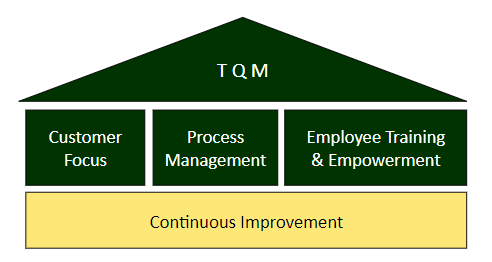
- Customer Focus: Studying customer needs, gathering customer requirements, and measuring and managing customer satisfaction. Customer satisfaction is seen as the company’s highest priority. The company believes that it will only be successful if its customers are satisfied.

- Process Management: Develop a production process that reduce the product variations. Applying the same process; the same product should be produces with the same level of quality every time. Teams are process-oriented, and interact with their internal customers to deliver the required results. Management’s focus is on controlling the overall process, and rewarding teamwork.

- Employee Empowerment: TQM environment requires a committed and well trained work force that participates fully in quality improvement activities. Ongoing education and training of all employees supports the drive for quality.

- Continuous Improvement: TQM recognizes that product quality is the result of process quality. As a result, there is a focus on continuous improvement of the company’s processes. This will lead to an improvement in process quality. In turn this will lead to an improvement in product quality. Measurement and analysis id the tool that has been used for that

Article By.
Dhavalkumar Gohel
